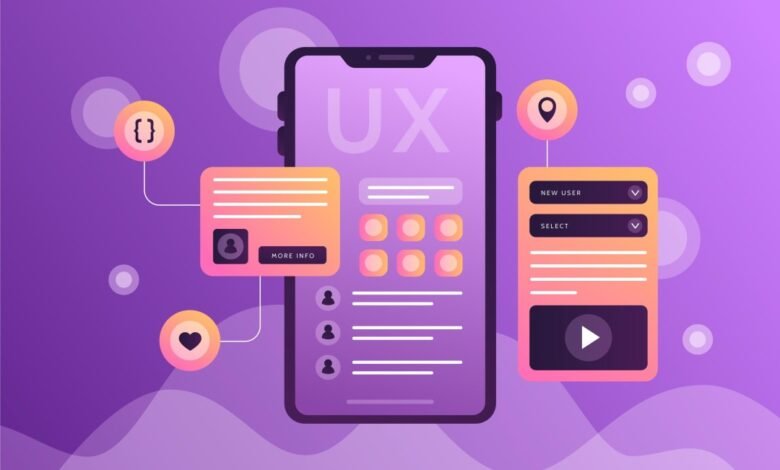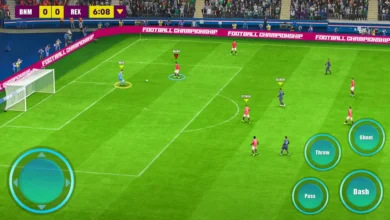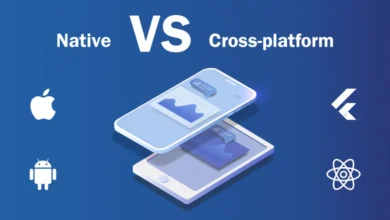Your App Has 3 Seconds to Matter Use Them Right

If a product doesn’t earn its user in three seconds, it’s lost them. That’s not just a punchline. It’s a rule shaped by behavior. In 2025, this is more true than ever.
In New York’s fast-moving tech environment, where thousands of mobile apps launch and die each quarter, standing out isn’t about cramming in features. It’s about grabbing attention, keeping it, and giving users a reason to return. For any mobile app development company in New York, this means something very specific: friction kills. And fluff wastes time.
Let’s unpack what actually matters in the first three seconds, and why that window is shrinking.
First Impressions Are Cognitive Judgments
Three seconds is all it takes for a user to decide if an app is worth engaging with. That decision isn’t based on deep logic, it’s reflexive. Users instinctively sort what feels useful from what feels like noise.
This is where design, clarity, and loading speed intersect. Not in an aesthetic sense, but in a value-delivery sense. If your app can’t surface a promise, a benefit, or a reason to swipe further in the first moments, most users won’t.
A common mistake? Teams get obsessed with onboarding flows or tutorial tooltips. But those are answers to questions the user never asked. Instead, the first screen has to say: “This app solves X for you right now.”
That’s not marketing language. It’s product posture.
Behavior Is Shaped by Micro-Rewards
Successful apps don’t teach users what to do. They let users do it fast. Duolingo doesn’t start with an explainer. It gives you a quiz. TikTok doesn’t greet you with options. It gives you content. Uber doesn’t wait for your account to be set up. It asks where you’re going.
This structure, one decision, one action, and one dopamine loop, is something every team can learn from. It doesn’t require budget-heavy UX teams or cinematic animations. It requires stripping the experience down to a single job, and making that job actionable in the first interaction.
You don’t have to be a consumer app to do this. B2B apps that win follow the same logic. They identify the one job the user came to accomplish, and put it front and center.
The Data Backs It Up
Look at the recent reports from App Annie and Sensor Tower. The top 10% of mobile apps have one thing in common: low time-to-value. Users report satisfaction based on immediacy, not feature count.
An app can have advanced integrations, offline support, even AI-based personalization, but if a user can’t find the core value in the first few seconds, they’ll swipe left. Most won’t even uninstall. They’ll just forget you exist.
This makes DAU (daily active users) misleading. What you really need to watch is FTUE first-time user experience and your churn before day two. If those are soft, no retention model will save you.
Mobile App Teams Need a Brutal Lens
Ask this: What do we ask our user to do in the first five seconds? Then ask: Do they get something valuable in return immediately?
This isn’t a conversation about fancy onboarding sequences. It’s about clarity. It’s about testing your app’s opening moment like it’s a sales pitch: direct, credible, and benefit-forward.
Many teams overthink features and underthink habits. A useful app isn’t one with the most buttons. It’s one that builds the strongest habits in the fewest clicks. The best mobile app developers in New York are already shifting their thinking this way.
Don’t Add. Subtract.
You don’t win by doing more. You win by doing less better. Every button competes for attention. Every message dilutes your promise.
If you want retention, you have to earn repetition. And repetition isn’t driven by reminders. It’s driven by usefulness. That usefulness has to be so obvious that it doesn’t need to be explained.
And that means cutting. Most apps launch with 4–6 primary features. The ones that survive end up building loyalty around one. The others? They’re clutter.
AI Changes the Entry Point
The old way: sign up, personalize your experience, take a tour.
The 2025 way: start doing, get value, let the app adapt in the background.
LLMs (large language models) and generative tools are forcing a rethink. Users don’t want to be trained anymore. They want apps that feel intuitive from the second one. Not just in speech apps or productivity tools. Even task managers, shopping apps, and note-takers are moving toward AI-native interfaces that reduce taps and surface value faster.
So if you’re still loading up your welcome screen with features, your user’s already gone.
The Opportunity for Business Apps
A common misconception: enterprise apps don’t need to be “quick.”
But that’s a costly assumption.
B2B users still act like consumers. They still form snap judgments. They still abandon products that feel bloated. So if your app takes more than a few seconds to deliver its first action or demands that the user read an onboarding tutorial, you’re leaking value.
A study showed that just by simplifying their FTUE (first-time user experience), they increased feature adoption by 23%. No code rewrite. Just product sequencing.
Simplicity Builds Trust
The fastest way to lose user trust? Overwhelm them. The fastest way to earn it? Deliver something useful without requiring mental energy.
This is where so many apps stumble. They confuse complexity with sophistication. But in 2025, sophistication is measured in minimalism. It’s about how quickly your app gets out of the user’s way and lets them get on with their task.
You want proof? Look at retention benchmarks across categories. The stickiest apps are the ones that nail a single use case and double down on it. Not the ones that try to be everything at once.
What the Best Teams Do
They test their onboarding on five-second timers. They sit behind users and watch for hesitation. The count taps. They don’t ask users what they want. They observe what users repeat.
And then they remove everything else.
This doesn’t mean removing complexity under the hood. It means hiding it until it matters. It means treating each feature like a privilege, not a right.
If you’re building your own internal app, ask yourself this: Does our user know what to do before they have time to think?
If the answer is no, fix it before building anything else.
Wrapping it Up!
You don’t need fancier features. If don’t need AI wrappers or bloated walkthroughs. You need a clearer promise. And that promise has to show up in the second one. Because the market won’t give you a second chance.
If you do this right, users will keep coming back, not because of notifications or loyalty programs, but because your app fits into their life without friction. And in an age where users are bombarded with options, clarity wins.




